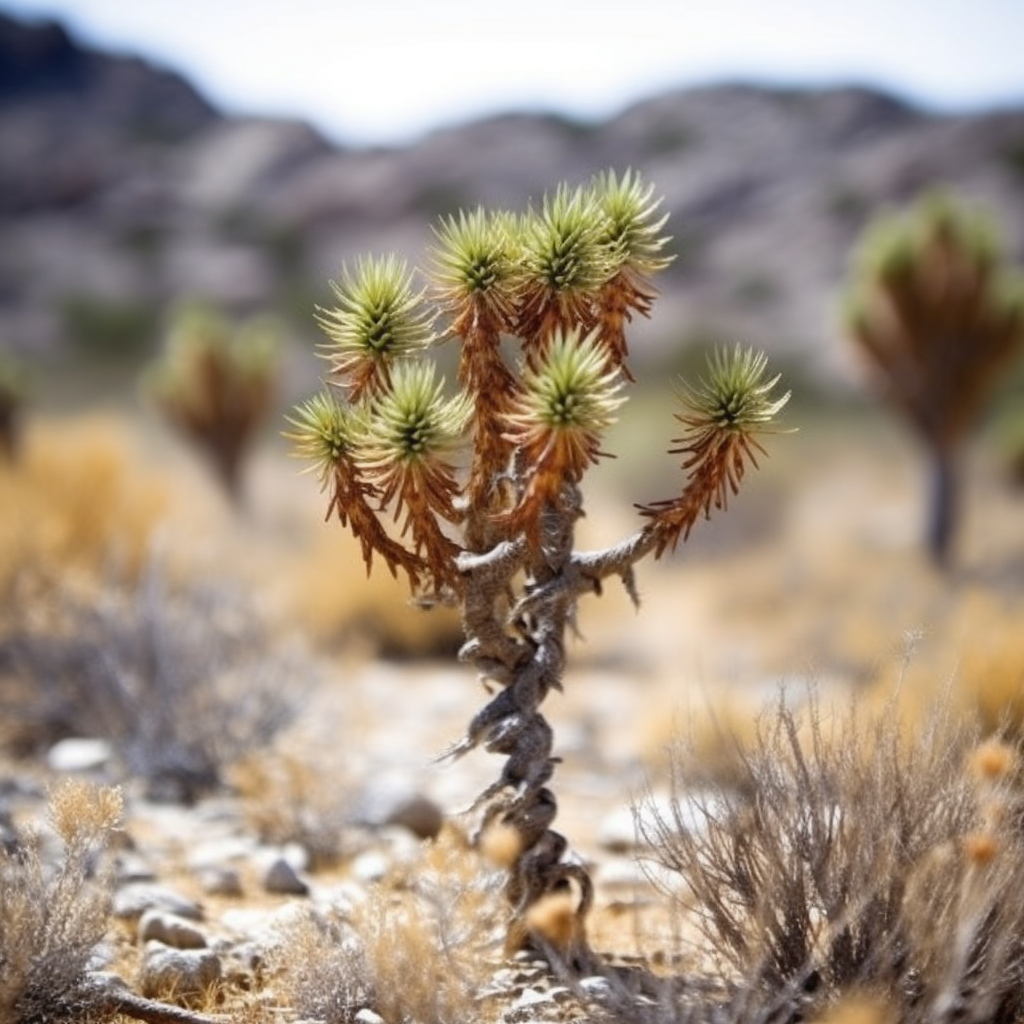Story of Day :
Contents
A Complete Guide to Joshua Tree Plant Care: Tips and Tricks
Joshua trees (Yucca brevifolia) are iconic plants of the Mojave Desert. These slow-growing, drought-tolerant trees have unique shapes and are known for their twisted branches that reach up to the sky. While these trees may look tough, they require specific care to thrive in your garden or landscape. In this article, we’ll explore everything you need to know about caring for Joshua tree plants.
Planting Joshua Trees
If you live in an area with cold winters, planting a Joshua tree can be a challenge. These plants need well-draining soil and full sun exposure. Make sure that the soil has good drainage by amending it with sand or gravel before planting.You should also plant your tree on top of a small mound so that water drains away from the trunk. Water pooling around the base of the tree can lead to root rot and other issues.
- Plant in well-draining soil
- Full sun exposure needed
- Add sand or gravel if necessary for good drainage
- Elevate with a small mound so water drains from trunk
Jarvis Guidelines on Watering your Tree Properly:
If you’re living where summer temperatures regularly exceed 90 degrees Fahrenheit (32 Celsius), water your young Joshua once every week during scorching temperatures.Feel free to decrease watering frequency if conditions are cooler than this.The rule is simple; never let more than two weeks go without any form of watering.Some experts propose waiting until nighttime when temperatures get lower before irrigating as this reduces unnecessary leaf burning.
Fertilizing Your Tree:
Joshua trees tend to grow okay without fertilizers, but if you want a healthier, more vibrant tree or better yield of fruit, consider applying fertilizer at regular intervals.When it comes to fertilizing your tree early in spring before the growth season is advisable. In summer and fall, use slow-release fertilizer for optimal growth.
Pruning
Pruning Joshua trees is an essential part of caring for them. Regular pruning helps keep the plant healthy and encourages new growth. You should prune your tree in late winter or early spring before new growth appears.The primary purpose of pruning is to remove dead or damaged branches that can otherwise be a hazard when they fall off.
- Prune in late winter/early spring
- Remove dead/damaged branches
- Avoid over-pruning as this can stunt its overall health
Caring For A Sick Tree:
If you suspect that your Joshua Tree plant has developed some issues like disease infestation or fungus infection, here are the steps you need to take:
- Determine what’s causing the problem: Before treating any health issue with anything under the sun; diagnose first! Take note of visible symptoms such as yellowing leaves and wilting limbs. Look around for signs like insect activity on foliage (aphids) or fungal spores attached on leaf surfaces (black spot).
- Insecticides/Fungicides Treatments:If you’ve diagnosed an insect infestation on your Joshua tree plant using insecticidal soap could help eliminate pests without harming beneficial insects like pollinators.Baking soda spray solutions also work great for removing fungi-related problems such as powdery mildew.
- Pruning:In some cases, pruning or trimming your Joshua tree can help treat diseases and pests. If you notice any diseased limbs or branches, remove them immediately to prevent the spread of disease.
- Improving Its Surroundings: Lastly, consider improving your plant’s environment by providing optimal conditions like good drainage soil or removing competing vegetation and reducing water frequency if it’s too much for the plant to handle.
The Bottom Line
Caring for a Joshua tree may seem daunting at first, but with these tips and tricks, you can grow a healthy and vibrant tree in your garden. Remember always to be mindful of the unique environmental needs of this desert plant. By providing proper watering, pruning when necessary preventing diseases infestation taking time to fertilize regularly they should thrive in almost any landscape condition.
